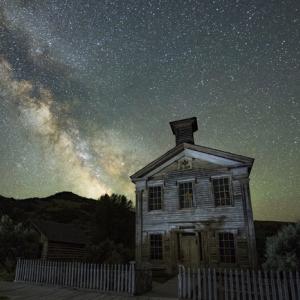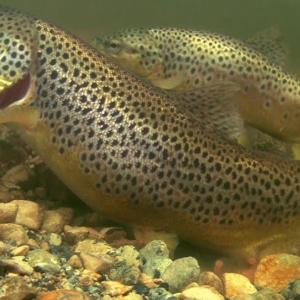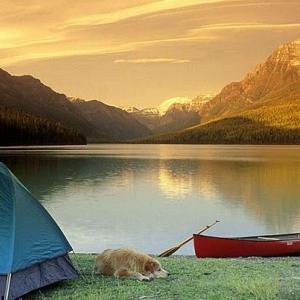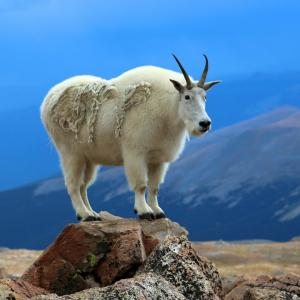Montana's Ghost Towns
~Montana Office of Tourism
HELENA, Mont., May 2, 2019 /PRNewswire/ -- During the late 1850s, the gold rush was booming in Montana. As the gold disappeared, so did the people, leaving behind deserted towns. Exploring Montana's ghost towns is an amazing way to get a glimpse into the past. Throughout the state, you'll find 12 ghost towns to explore, with the majority of them located on the western side of the state.
The southwest corner of Montana is home to the largest number of ghost towns, including three of Montana's most impressive and historical communities—Bannack, Virginia City and Nevada City.
Discover the deserted streets of Bannack and explore the site of Montana's first major gold discovery. Once a wild and roaring town, as well as the first territorial capital of Montana, Bannack is a well-preserved ghost town that offers an unforgettable look at what the old west once was. The town became a state park in 1954 and has more than 60 preserved structures, with guided tours and opportunities to pan for gold, as well as a Living History Weekend, which offers an experience to know what life was like back in the Gold Rush era. A scenic 90-minute drive east of Bannack will take you to the living ghost towns of Virginia City and Nevada City.
Sitting just over one mile apart, they are home to 150 National Historic Landmarks. Both towns offer overnight accommodations, dining options, historical reenactments and local watering holes. Virginia City was also home to the first theater company in the state. Today, travelers can attend a performance from the Virginia City Players, with live shows that run from late May through early September.
Round out your ghost town tour in this corner of Montana with a visit to nearby Laurin and Karst's Camp outside of Big Sky.
After perusing these living ghost towns, plan to travel north toward Helena and Missoula.
On your way, stop and spend a day in Butte. While it's not a ghost town, Butte provides an incredible glimpse into Montana's mining past. Thanks to its rich mineral deposits, the town has more than earned its nickname, "The Richest Hill on Earth." Take a tour of Butte's famous underground and see the Roaring 20s Rookwood Speakeasy, a deserted barber shop and the Old City Jail. For an overview of the city and its past, book a two-hour Butte Trolley Tour. Along the way, you'll learn about the National Historic District and see lavish mansions that were once home to Butte's Copper Kings.
After learning about Butte, continue to Helena and its nearby ghost towns, Elkhorn and Marysville. To access Elkhorn State Park, you'll travel on backcountry roads before being greeted by two frontier-era structures – Fraternity Hall and Gillian Hall.
Meanwhile, nearby Marysville is a 30-minute scenic drive northwest of Helena. Once a booming gold camp, travelers today will find a handful of locals who call the town home, as well as the Marysville House Historic Restaurant. The restaurant is located in a historic railroad station from the late 1800s and is a favorite among Montanans.
Montana's Little Rocky Mountains, situated in the northeast area of the state, are home to the lone ghost town of Zortman. At its peak, Zortman was a community of about 2,000 people in a town made up of nine bars, a few general stores, two hotels, a small hospital, livery stables and other local establishments. A visit today will take you to a town of approximately 60 residents, historic cabins and miners' shacks that sit between modern-day structures.
Additional Montana ghost towns that are worth exploring include Coloma, Garnet Ghost Town, Rimini and Granite Ghost Town State Park.
If your travels have you visiting Glacier and Yellowstone national parks, Montana's Ghost Town Route takes you on an impressive road trip that includes many ghost town stops, as well as other family-friendly destinations along the way.
Learn more about Montana's history and ghost towns at WWW.VISITMT.COM.




